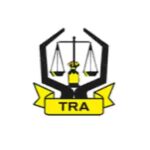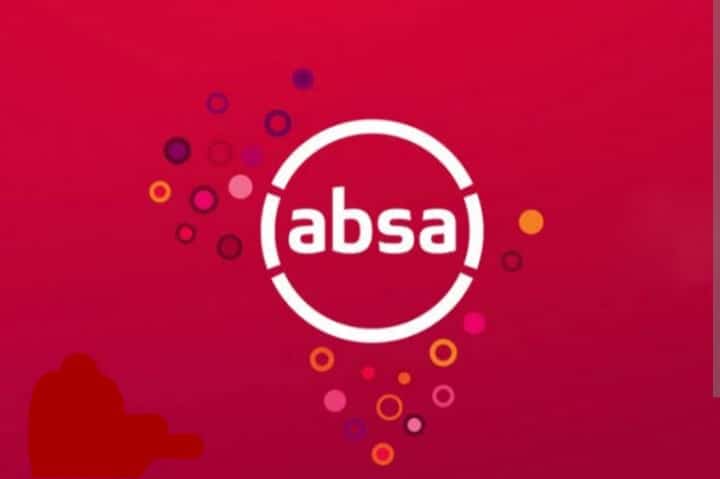
TRA
Statistician II at TRA: Q&A Guide for Applicants
Share This link to your Friends
Are you preparing for an interview for the Statistician II role at the Tanzania Revenue Authority (TRA)? This comprehensive Q&A guide will help you understand the position, the required skills, and how to stand out in your application.
About TRA and the Statistician II Role
The Tanzania Revenue Authority (TRA) is responsible for tax administration and revenue collection in Tanzania. As a Statistician II, you will be involved in data analysis, report preparation, database management, and research projects to support TRA’s objectives.
There are four openings for this role, making this an exciting opportunity for individuals with strong statistical and analytical skills.
25+ Common Interview Questions & Answers for Statistician II at TRA
1. What does the Statistician II role at TRA involve?
Answer: It includes conducting statistical analysis, preparing reports, designing databases, and participating in research projects to support TRA’s tax administration and revenue collection efforts.
2. What qualifications are required for this position?
Answer: A Bachelor’s Degree in Mathematics, Statistics, or a related field is required. Fluency in English and Swahili is an added advantage.
3. Why is statistical analysis important for TRA?
Answer: It helps TRA assess tax compliance, forecast revenue trends, detect tax evasion patterns, and make informed policy decisions.
4. How would you prepare a report for TRA?
Answer: I would define the report’s purpose, gather relevant data, analyze it using statistical tools, and present the findings clearly with actionable recommendations.
5. What statistical tools are you proficient in?
Answer: I am skilled in R, SPSS, SAS, Excel, and Python, which are useful for data analysis, visualization, and reporting.
6. How do you ensure the accuracy of statistical reports?
Answer: By double-checking data sources, validating calculations, using reliable statistical methods, and reviewing reports with peers or supervisors.
7. Do you have experience in database design?
Answer: Yes, I have designed SQL-based databases for data storage and analysis, ensuring efficiency and easy access to information.
8. Can you describe a research project you’ve worked on?
Answer: During my university studies, I analyzed regional tax compliance rates using regression models, which helped identify key factors influencing taxpayer behavior.
9. How do you manage large datasets?
Answer: I use data cleaning techniques, sampling methods, and software like Python or R to handle and analyze large datasets effectively.
10. Why is bilingualism (English & Swahili) preferred?
Answer: It ensures smooth communication with TRA staff, government officials, and taxpayers across Tanzania’s multilingual environment.
11. How would you forecast tax revenue?
Answer: I would apply time-series analysis, historical data trends, and economic indicators to build a predictive revenue model.
12. What challenges might you face in this role?
Answer: Challenges may include incomplete data, tight deadlines, and simplifying complex statistical insights, which I would address through diligence and clear communication.
13. How do you stay updated on new statistical methods?
Answer: I follow academic journals, attend workshops, and take online courses to continuously improve my statistical skills.
14. What’s your process for designing a database?
Answer: I start by identifying key data needs, defining variables, creating a structured schema, ensuring scalability, and testing for security and functionality.
15. How would you contribute to TRA’s research projects?
Answer: By offering statistical expertise, designing experiments, analyzing data, and providing insights to improve tax policies and revenue strategies.
16. How do you handle missing data?
Answer: I assess its impact and use methods like mean substitution, regression imputation, or adjusted analysis to maintain data integrity.
17. What is the most important skill for a Statistician II?
Answer: Analytical thinking—it helps transform raw data into meaningful insights that inform TRA’s decision-making.
18. How do you prioritize tasks in a fast-paced work environment?
Answer: I assess deadlines, impact on TRA’s objectives, and available resources, then prioritize tasks accordingly while staying adaptable.
19. Can you explain a basic statistical concept?
Answer: Sure! The mean is the average value of a dataset. It’s calculated by adding up all numbers and dividing by the total count, which helps summarize tax data efficiently.
20. How do you ensure data confidentiality?
Answer: By following TRA’s data protection policies, using secure systems, and restricting access to authorized personnel.
21. What’s your experience with report writing?
Answer: I have experience writing reports for academic research and internships, ensuring they are structured, clear, and supported by visuals like graphs and charts.
22. How would you detect tax evasion using statistics?
Answer: I would analyze tax declaration patterns, apply anomaly detection techniques, and cross-check data with economic indicators to flag inconsistencies.
23. What motivates you to work at TRA?
Answer: I am passionate about using data to drive informed decision-making and contributing to Tanzania’s economic growth through effective revenue management.
24. How do you collaborate with non-statisticians?
Answer: I simplify statistical insights using clear language and visuals, ensuring my findings are easily understood by other departments.
25. What’s a common mistake in statistical analysis?
Answer: Ignoring data quality—poor data leads to inaccurate conclusions. That’s why I always validate and clean data before analysis.
26. How would you improve TRA’s data collection methods?
Answer: By suggesting standardized data entry procedures, staff training, and digital tools to minimize errors and enhance efficiency.
27. How do you handle conflicting data sources?
Answer: I verify data against reliable benchmarks, consult stakeholders, and use statistical tests to determine the most credible source.
28. How do you meet strict deadlines?
Answer: I break tasks into smaller milestones, set personal deadlines, and communicate proactively if issues arise.
29. Why should TRA hire you?
Answer: I bring strong analytical skills, database expertise, and a passion for using data to solve real-world problems, aligning perfectly with TRA’s mission.
Final Thoughts
Preparing for the Statistician II interview at TRA? Focus on demonstrating your technical skills, problem-solving ability, and understanding of TRA’s mission. Use this Q&A guide to refine your responses and increase your chances of landing the job!
🚀 Good luck with your application!
More new jobs links






